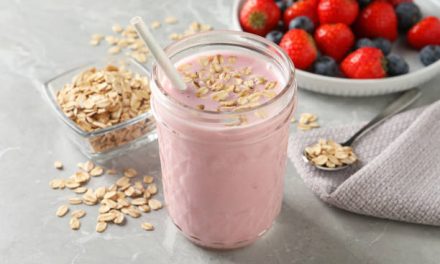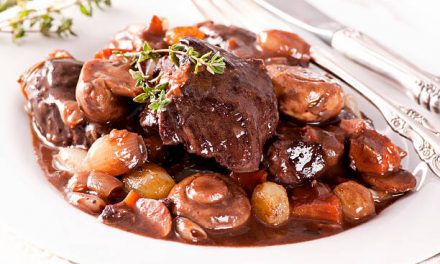Choosing the right turkey for the holidays is half planning, half decoding labels, and all about matching the bird to your crowd, oven, and cooking style. Start with headcount and appetite. A reliable rule is about 1 to 1¼ pounds of whole turkey per person if you want modest leftovers; plan closer to 1½ pounds for generous next-day sandwiches. Smaller birds cook more evenly; if you’re feeding a large group, two medium turkeys often beat one giant one for juicier white meat and shorter oven time.
Fresh versus frozen comes down to logistics. Frozen turkeys are flash-frozen at peak quality and give you price flexibility and selection, but require careful thawing—roughly 24 hours of fridge time per 4–5 pounds. Fresh birds save you thaw time and can taste slightly cleaner if cooked within the recommended window, but they’re costlier and sell out early. If your week is hectic, a high-quality frozen turkey thawed safely in the fridge is an excellent choice.
Labels tell a story—sometimes a confusing one. “Natural” refers to minimal processing and no artificial ingredients; it does not describe how the turkey was raised. “No antibiotics ever” and “organic” speak to farming practices; organic also requires organic feed and outdoor access. “Free-range” indicates outdoor access but not time or space. Third-party animal-welfare certifications like Certified Humane or Global Animal Partnership add clearer standards beyond marketing terms. Kosher turkeys are pre-salted during processing, which acts like a light brine and can help moisture retention; if you choose kosher, reduce or skip additional brining. Some conventional birds are “enhanced” or “self-basting,” injected with a solution of water, salt, and sometimes flavorings. These can stay juicier with less effort but taste saltier and can brown a bit differently; adjust seasoning accordingly.
Breed and size influence flavor and texture. Broad-breasted turkeys dominate supermarkets and deliver mild flavor and a high ratio of white meat. Heritage breeds (like Bourbon Red or Narragansett) are typically smaller, darker, and more intensely flavored, with firmer texture and a higher price tag—great for roasting fans who value character over volume. If you love crispy skin and even cooking, choosing a bird in the 10–14-pound range and spatchcocking (removing the backbone to flatten) can yield superb results; if presentation is paramount, a whole roast is classic but benefits from careful temperature control.
Quality control matters. Look for plump, intact skin without tears, a clean, fresh smell, and intact packaging with no excessive purge in the tray. Check the “sell by” or “use by” dates and give yourself enough time for dry-brining (salt the bird and rest uncovered or loosely covered in the fridge 12–48 hours) to season deeply and promote bronzed skin. For already enhanced or kosher birds, shorten the salt rest or use a salt-free herb rub.
Storage and safety are non-negotiable. Keep fresh turkeys at 40°F (4°C) or below, and never thaw on the counter. If you’re behind schedule, a cold-water thaw—submerging the sealed turkey in cold water and changing the water every 30 minutes—works in a pinch at about 30 minutes per pound. Pat the bird dry before roasting; start with a hot oven to jump-start browning, then reduce heat to finish gently. No matter the method, verify doneness with a thermometer in the thickest part of the breast and the innermost thigh, avoiding bone. Aim for 165°F (74°C) in all parts; resting 20–30 minutes redistributes juices and makes carving easier.
Match the turkey to your cooking plan. If you intend to dry-brine and roast on a rack with aromatics, a plain, non-enhanced bird gives you full control. If you need a low-effort, high-moisture safety net for a buffet, an enhanced or kosher turkey can simplify the process. If your oven space is limited, two smaller birds or one whole bird plus an extra bone-in breast can keep the feast on schedule. For smokers and grills, slightly higher fat content and smaller size help manage time and temperature swings; for deep-frying, choose a smaller, completely thawed, very dry bird and follow oil-volume and safety guidelines to the letter.
Health considerations fit easily into choice and prep. Turkey is naturally rich in high-quality protein, niacin, selenium, and B vitamins. Selecting a bird without added solutions keeps sodium lower; removing the skin at the table trims fat while preserving cooking benefits. Save bones and trimmings for stock—collagen-rich broth adds nutrition and stretches value into soups and sauces all weekend.
Finally, think supply chain and community. Ordering ahead from a butcher or local farm can secure a specific size or breed, support regional producers, and often nets you better handling and advice. Supermarkets excel on price and selection—especially frozen—but shop early for the sweet spot of availability and cost.
In short: set your guest count, pick the size and style that fits your cooker and timeline, decode the label to match your priorities, plan for safe thawing and seasoning, and commit to thermometer-true doneness. Choose well now, and the rest of the meal gets easier.
Click here for the link to chef Ed’s delicious recipe for thanksgiving and Christmas turkey
References:
https://www.fsis.usda.gov/food-safety/safe-food-handling-and-preparation/poultry/lets-talk-turkey
https://www.fsis.usda.gov/food-safety/safe-food-handling-and-preparation/food-safety-basics/safe-thawing
https://www.foodsafety.gov/food-safety-charts/safe-minimum-cooking-temperature
https://www.ams.usda.gov/publications/content/food-labeling-terms
https://www.consumerreports.org/food-labels/seals-you-can-trust-on-meat-and-dairy-and-the-ones-you-cant-a3082512642/
https://certifiedhumane.org/
https://globalanimalpartnership.org/
https://www.eatright.org/food/nutrition/nutrition-facts-and-food-labels/what-to-look-for-on-chicken-and-turkey-labels
https://www.butterball.com/how-tos/turkey-calculator
https://extension.psu.edu/turkey-basics-selection-thawing-and-roasting





